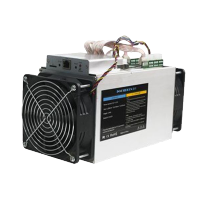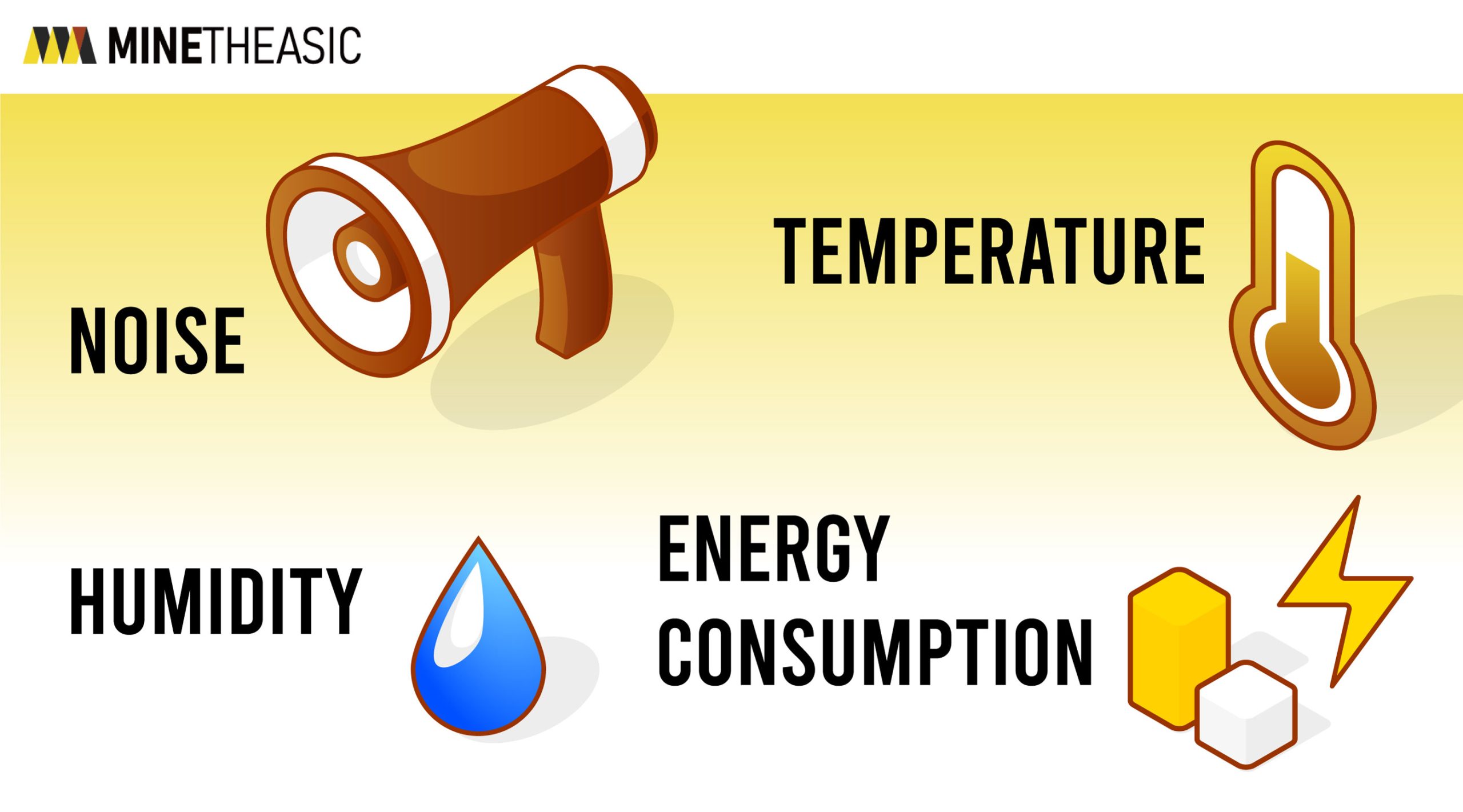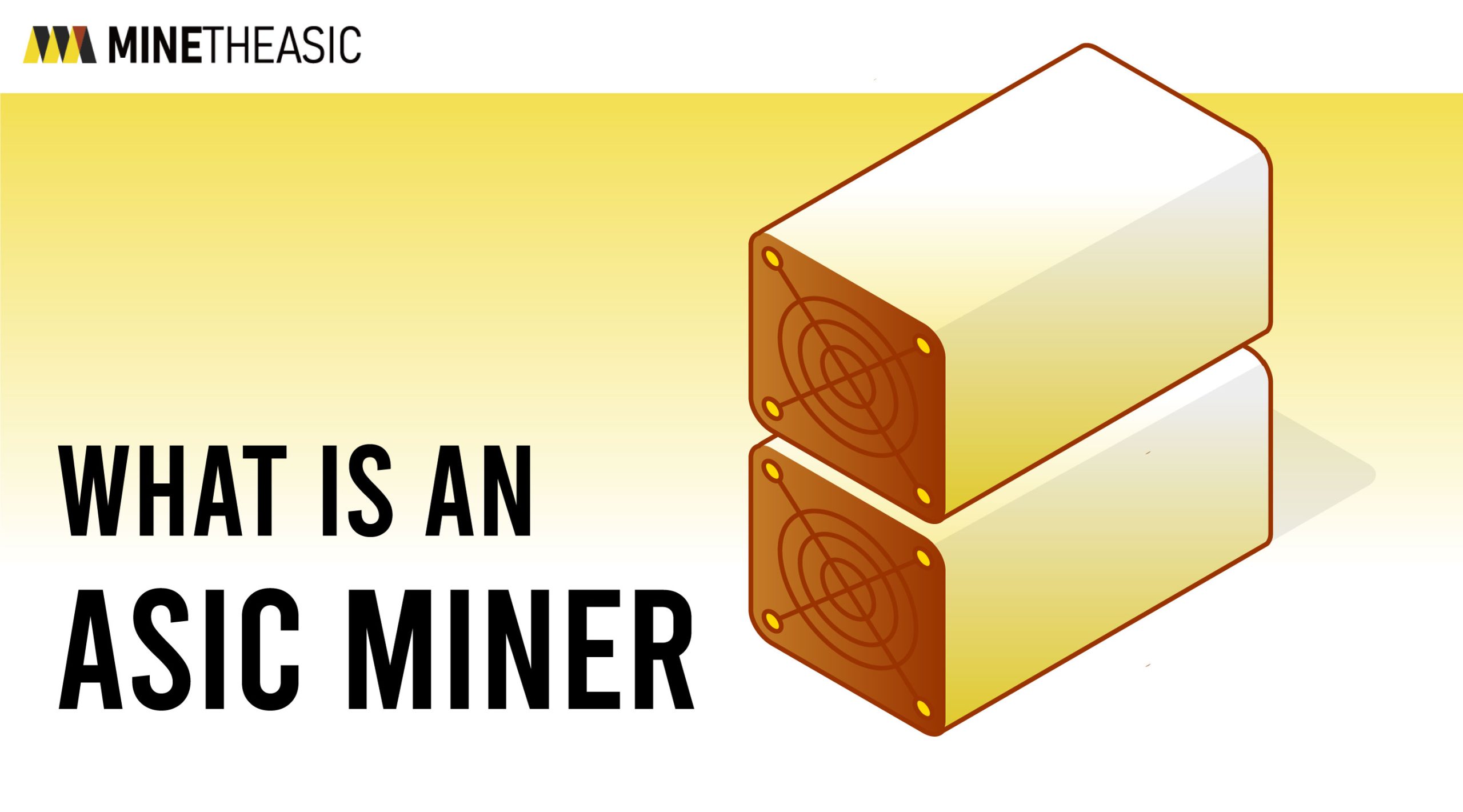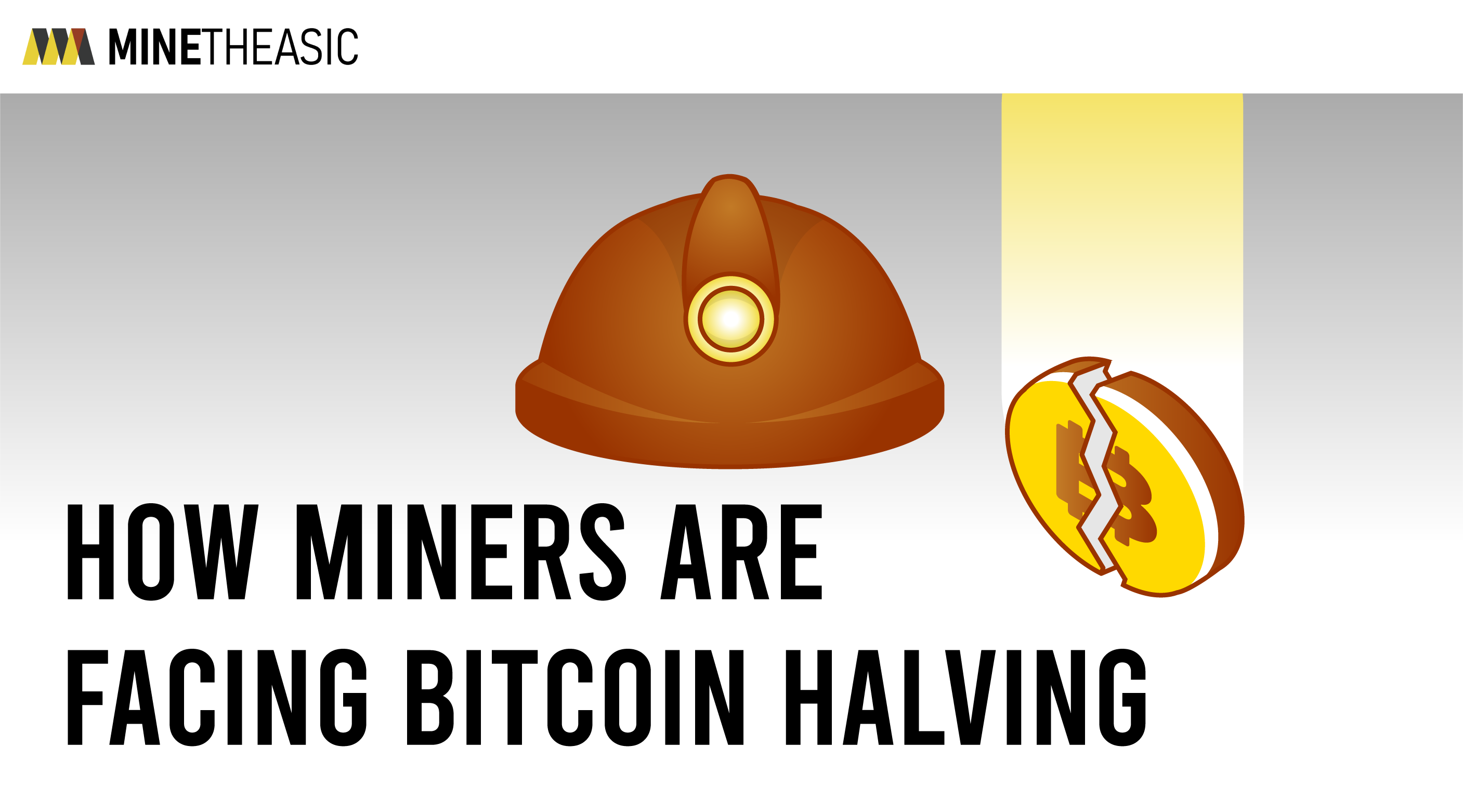Crypto mining generates disruptive noise primarily because mining hardware operates at maximum computational capacity 24/7, forcing cooling systems to work relentlessly against enormous heat output—producing sound levels up to 85dB. Unlike everyday computers, mining rigs require industrial-grade cooling where powerful fans spin at near-maximum RPM constantly, while components like power supplies generate high-frequency electrical buzzing known as coil whine. We’ll break down the physics behind mining noise and offer immediate relief strategies.
The Situation: When Your Mining Operation Turns Deafening
You’ve invested in cryptocurrency mining hardware expecting steady profits, but instead face a relentless mechanical roar disrupting your household sleep and drawing neighbor complaints. Your mining rig—whether GPU-based or ASIC-powered—sounds like an industrial vacuum cleaner running nonstop, making workspaces unbearable and triggering worries about hardware malfunctions.
The Conflict: Why Silence and Mining Are Natural Enemies
Crypto mining noise isn’t accidental but inherent to the process. Three fundamental conflicts make quiet mining impossible:
Conflict 1: Computation Power vs Heat Generation
Mining rigs solve complex cryptographic puzzles 24/7 at maximum processing capacity. An NVIDIA RTX 3090 GPU mining Ethereum consumes over 300 watts—doubling its gaming workload heat output. This extreme thermal load demands aggressive cooling solutions that prioritize hardware survival over acoustic comfort.
Conflict 2: Cost Efficiency vs Noise Reduction
Passive cooling solutions exist but dramatically reduce mining efficiency. ASIC miners—designed purely for profitability—cut costs by using high-RPM axial fans rather than expensive silent cooling. Running these fans below 70% speed risks thermal throttling that slashes hash rates and profits.
Decibel Comparison: Mining vs Everyday Sounds
Typical GPU rig: 40-55dB (similar to dishwasher)
ASIC miner: 70-85dB (comparable to blender or lawnmower)
Coil whine: 50-70dB (high-pitched electrical buzzing)
Conflict 3: Hardware Density Creates Noise Amplification
Mining operations stack hardware for space efficiency, creating heat concentration pockets. Six GPU fans running at 80% RPM aren’t just additive—their combined turbulence creates resonant frequencies that amplify perceived loudness beyond individual measurements.
The Burning Question: Why Can’t Cryptocurrency Mining Be Quiet?
If smartphones and laptops operate silently, why must mining rigs sound like jet engines? The core issue lies in workload intensity and economic constraints. Unlike consumer devices designed for intermittent use, miners endure constant 100% loads generating 30-60% more heat than gaming PCs. Meanwhile, manufacturers prioritize:
- Component affordability over acoustic engineering
- Raw hash power over noise dampening
- Thermal safety margins over quiet operation
The Answer: Physics Dictates Mining Noise Levels
Two immutable laws explain why cryptocurrency mining remains noisy despite technological advances:
Law 1: Electrical Work Always Generates Waste Heat
Processing cryptographic algorithms transforms electrical energy into heat. A single Bitcoin transaction requires 826.54 kWh of power—enough to run an average U.S household for 28 days. This energy inevitably becomes thermal waste, requiring active dissipation through air-cooling systems that generate unavoidable noise.
Law 2: Heat Removal Scales with Fan Noise
Cooling systems follow the fan laws of acoustics: doubling airflow requires eightfold power increase and quadrupled noise output. Most GPU/ASIC miners use centrifugal fans providing high static pressure necessary for dense components. These fans produce noise from:
- Aerodynamic turbulence at blade tips
- Motor vibrations transmitted through frames
- Air intake/exhaust turbulence
Why Mining Rigs Outroar Standard Computers
| Gaming/Office PC | Cryptocurrency Miner | |
|---|---|---|
| Workload Duration | 1-6 hours daily | 24/7 operation |
| Fan Speed % | 30-60% RPM | 70-100% RPM |
| Cooling Priority | User comfort | Hardware survival |
| Average Noise Level | 25-40 dB | 40-85 dB |
Immediate Noise Reduction Solutions
While mining inherently creates noise, strategic adjustments provide relief:
Positioning Adjustments
Place rigs in basements or closets—concrete walls and distance absorb sound. Avoid vibrations by placing rigs on rubber anti-fatigue matting ($15-25) which cuts 15-20% of perceived noise.
DIY Sound Dampening Enclosures
Build exhaust-vented boxes with mass-loaded vinyl ($40) layered with acoustic foam. This simple solution muffles high-frequency coil whine while allowing airflow.
Component Optimization Tips
- Undervolt GPU cores reducing power draw 15-25% with minimal hashrate loss
- Replace stock thermal paste/pads lowering GPU temps 5-8°C
- Program custom fan curves that balance thermals and acoustic comfort
The Unavoidable Truth: Noise Powers Profits
Crypto mining noise stems from energy conversion physics—your rig’s roar signifies it’s efficiently transforming electricity into cryptocurrency. While strategic adjustments reduce disturbances, silence remains incompatible with profitable mining. Those chasing quiet operations inevitably sacrifice efficiency through:
- Reduced computational throughput
- Expensive liquid cooling systems
- Lower-density hardware arrangements
The whirring fans and buzzing coils aren’t malfunctions but orchestrated physics in pursuit of blockchain rewards. By understanding these principles, you gain power to optimize setups without unrealistic expectations.


















